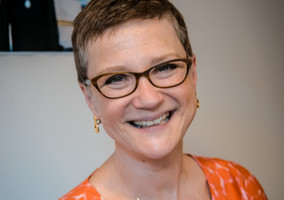Twenty Black, Asian and minority ethnic individuals from civil society organisations have been included on this year’s BAME 100 Business Leaders index, which seeks to highlight talented individuals who are ready to serve on non-executive boards.
This is almost double the number of BAME top 100 leaders who came from charity sector in the 2017 index (11).
Diversity experts and search agency Green Park compiled the list of board-ready talent to “debunk the myth that diverse talent does not exist”. It has been published annually since 2016.
In addition to the 20 leaders from the charity sector Green Park highlighted that many other leaders of minority ethnicity have experience or interest in the sector.
Charities ‘risk losing relevance’ to their communities
Kai Adams, partner and head of the charities and social enterprise practice at Green Park, said: “If they are to plug the gap, charities must address their talent strategy, processes and suppliers, or risk losing relevance with the communities they serve."
He added: “In 2018, our placements across charities and social enterprises were 20 per cent BAME overall and 27 per cent BAME at chair and trustee level despite a sector average of just 6.6 per cent.
“Therefore, the old excuse of not being able to find diverse and suitably qualified talent does not hold water."
‘One in, one out’ policy
The research suggested a “one in, one out” policy across third sector, public and private board appointments, according to a statement from the agency.
Overall the index showed that major organisations are making little progress in appointing more ethnic leaders to board-level positions, it added.
Trevor Phillips, chair at Green Park encouraged government to impose ethnic pay gap reporting.
He said: “Monitoring and reporting ethnic pay gaps at our top organisations will throw a light on progress in appointing BAME leaders.
“It’s helped increase the number of women at senior levels and the new government should not drop the ball on taking the same positive approach to ethnic pay gap reporting.”
|
Related articles












